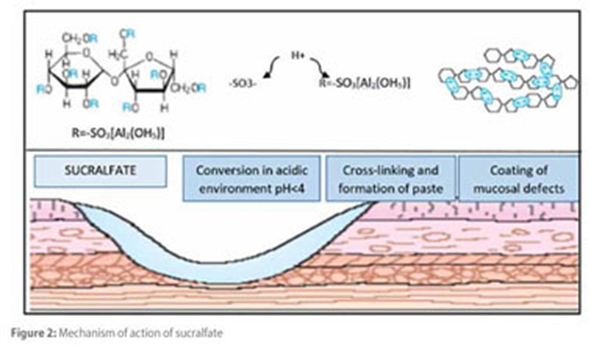An older patient exhibits a shuffling gait, lack of facial expression, and tremors at rest. The nurse will expect the provider to order which medication for this patient?
Carbidopa-levodopa
Donepezil
Rivastigmine
Tacrine
The Correct Answer is A
A. Carbidopa-levodopa
The symptoms described, including a shuffling gait, lack of facial expression, and tremors at rest, are characteristic of Parkinson's disease. Carbidopa-levodopa is a common medication used in the management of Parkinson's disease.
B. Donepezil
Donepezil is used in the treatment of Alzheimer's disease, a condition characterized by cognitive decline and memory impairment. It is not indicated for Parkinson's disease.
C. Rivastigmine
Rivastigmine is another medication used in the treatment of Alzheimer's disease, and it is also used in Parkinson's disease dementia. However, it is not the primary medication for the motor symptoms of Parkinson's disease.
D. Tacrine
Tacrine was once used in the treatment of Alzheimer's disease, but it is no longer commonly prescribed due to safety concerns and the availability of newer, safer medications. It is not indicated for Parkinson's disease.

Nursing Test Bank
Naxlex Comprehensive Predictor Exams
Related Questions
Correct Answer is C
Explanation
A. "I need to increase my fluid intake." - This is a correct statement. Sucralfate should be taken with plenty of water to ensure proper absorption and effectiveness.
B. "I need to report pain or vomiting of blood." - This is also a correct statement. Severe abdominal pain or vomiting of blood may indicate a serious issue and should be reported to the healthcare provider.
C. "I need to take Carafate 30 minutes after meals." - This is an incorrect statement. Sucralfate is typically taken on an empty stomach, about 1 hour before meals and at bedtime.
D. "I need to take Maalox 30 minutes before or after Carafate." - This statement is correct. Antacids like Maalox can interfere with the absorption of sucralfate. It's generally recommended to space them apart, taking sucralfate at least 30 minutes before or after antacids.

Correct Answer is ["100"]
Explanation
To calculate the infusion rate for gentamicin, the nurse needs to use the following formula:
infusion rate (mL/h) = volume (mL) x 60 / time (min).
Plugging in the given values, we get: infusion rate (mL/h) = 50 x 60 / 30 = 100.
Therefore, the nurse would program the electronic infusion pump at 100 mL/h.
Whether you are a student looking to ace your exams or a practicing nurse seeking to enhance your expertise , our nursing education contents will empower you with the confidence and competence to make a difference in the lives of patients and become a respected leader in the healthcare field.
Visit Naxlex, invest in your future and unlock endless possibilities with our unparalleled nursing education contents today
Report Wrong Answer on the Current Question
Do you disagree with the answer? If yes, what is your expected answer? Explain.
Kindly be descriptive with the issue you are facing.
